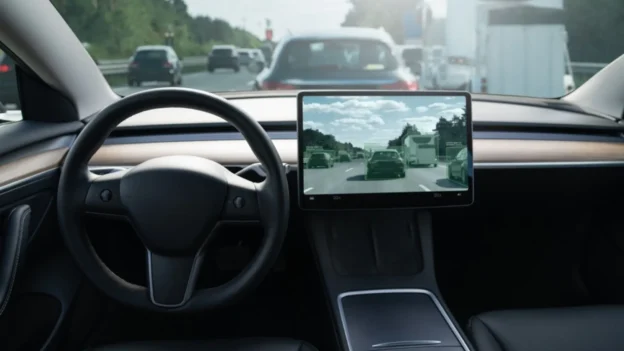A recent study published in Nature Communications analyzes the difference in accident occurrence between autonomous vehicles (AVs) and human-driven vehicles (HDVs). Using data from more than 35,000 accidents, the analysis shows that AVs have a lower probability of accidents in most scenarios, except in dawn/dusk and turning conditions, where AVs are more accident prone.
Safety challenges of autonomous vehicles
The autonomous vehicles are safer overall, but face greater risks under certain lighting conditions and in turning maneuvers. Specifically, AVs are 5.25 times more likely to have accidents during dawn/dusk and 1.98 times more likely when turning, compared to HDVs.
The study used a matched case-control logistic regression model, analyzing detailed data from accident reports and VA disconnections, along with comparative HDV data. This approach made it possible to identify the differential characteristics of accidents between the two types of vehicles.
Conclusions of the study
The findings underscore the need for improvements in AV sensor systems and algorithms to better adapt to changing light and weather conditions. These results are crucial for the future development of autonomous technology and for increasing road safety.
The study provides a basis for improving autonomous driving technology. autonomous driving by focusing on the identified areas of greatest risk. Adapting and improving AV systems can significantly reduce accidents in specific conditions, contributing to a safer transition to autonomous vehicles.
Follow us on social networks and don’t miss any of our publications!
YouTube LinkedIn Facebook Instagram X
Source: nature
Photo: Shutterstock

